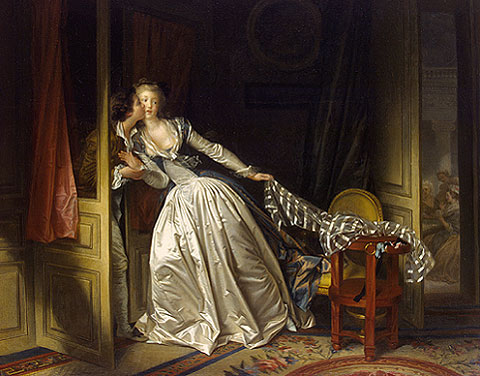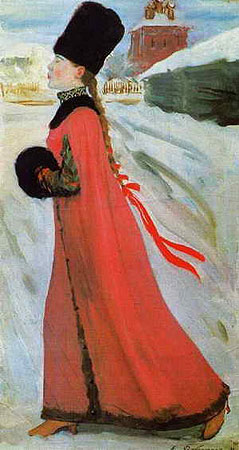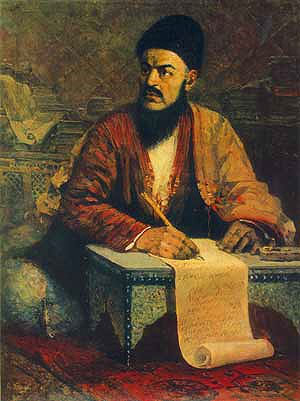tanya
Romanticism
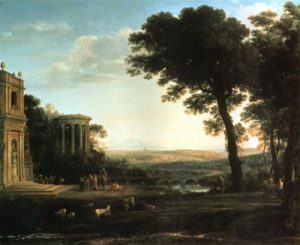 Romanticism (French romantisme from the Latin. Roman romanum from Roma – Rome) is one of two, along with Classicism, the fundamental tendencies of artistic thinking. However, historically, this word has been called a wide range of various phenomena. At the end of the 18th century, everything extraordinary, fantastic, what happens “like in novels” was called romantic or “romance”. Romantic, sublime poetry was then considered the only worthy type of art. But there was another interpretation of the term: romantic – this is the art of the Romance peoples, mainly medieval, which was opposed to the classical, ancient. Continue reading
Romanticism (French romantisme from the Latin. Roman romanum from Roma – Rome) is one of two, along with Classicism, the fundamental tendencies of artistic thinking. However, historically, this word has been called a wide range of various phenomena. At the end of the 18th century, everything extraordinary, fantastic, what happens “like in novels” was called romantic or “romance”. Romantic, sublime poetry was then considered the only worthy type of art. But there was another interpretation of the term: romantic – this is the art of the Romance peoples, mainly medieval, which was opposed to the classical, ancient. Continue reading
Pop Art
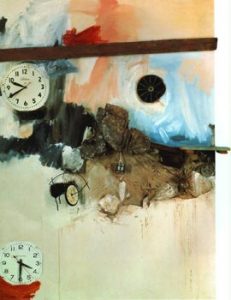 Pop art (English pop-art, from popular art to public art) is a trend that took shape first in modern art and then in various spheres of popular culture of the 20th century.
Pop art (English pop-art, from popular art to public art) is a trend that took shape first in modern art and then in various spheres of popular culture of the 20th century.
Pop art originated in the 50s of the 20th century in the USA and Great Britain and finally won a “place under the sun” at the international exhibition in Venice (1964), defeating abstractionism. An American artist R. Rauschenberg received the main prize for “subject compilation” composed of combinations of colorful postcards and a scrap of a poster, clippings from illustrated magazines and a photograph of the assassinated President J. Kennedy. Continue reading
Modernism
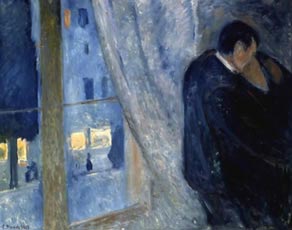 Modernism (from the French moderne modern), the general name of the directions of art and literature of the late 19th and 20th centuries. In a broad sense, it embraces cubism, dadaism, surrealism, futurism, expressionism, abstract art, functionalism, etc. New artistic trends usually expressed themselves as art in the highest degree “modern”, hence the name itself.
Modernism (from the French moderne modern), the general name of the directions of art and literature of the late 19th and 20th centuries. In a broad sense, it embraces cubism, dadaism, surrealism, futurism, expressionism, abstract art, functionalism, etc. New artistic trends usually expressed themselves as art in the highest degree “modern”, hence the name itself.
At the end of the 19th century, artists, especially impressionists (impressionism), began to organize their own exhibitions, traders began to play an increasing role in popularizing their art. Continue reading
